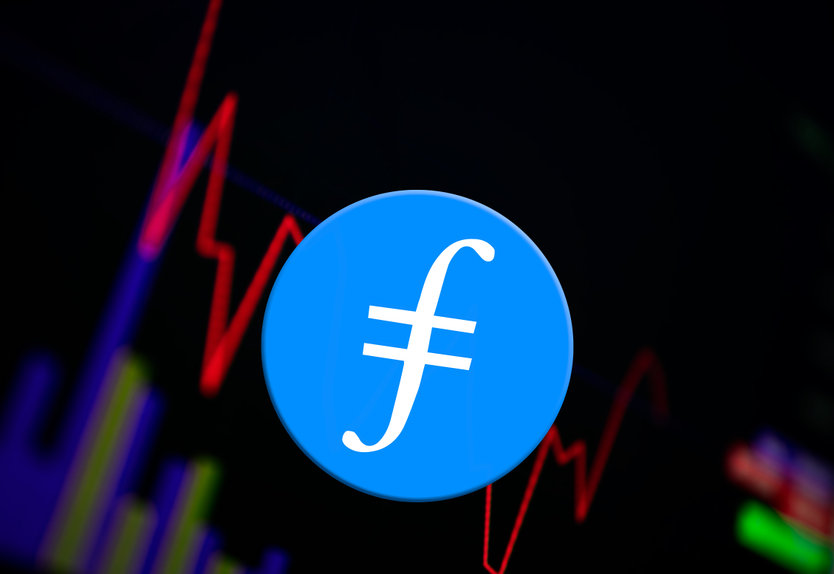
Scott Minerd, Guggenheim Partners’ chief investment officer, now says cryptocurrencies haven’t really become that investment vehicle he thought they would when he first entered the space.
In his opinion, “everything is suspect”, and that “no one has cracked the paradigm in crypto,” with Bitcoin’s use as a currency not fitting the definition and characteristics that go with it – medium of exchange, store of value and unit of account.
Minerd made the comments during an interview with Bloomberg TV at the World Economic Forum held in Davos Switzerland. In an apparent dismissal of the sector, the billionaire investor said, “none of the stuff – stablecoins, the whole bit – everything is suspect.”
“Bitcoin and any cryptocurrency at this point has not really established itself as a credible institutional investment. It’s really become the market of a bunch of yahoos and backwaters,” he added.
Minerd also revealed that Guggenheim sold its Bitcoin holdings (which was acquired at $20,000) when prices reached $40,000. He also reiterated that he doesn’t hold any Bitcoin at the moment.
Bitcoin will fall to $8,000
On the price of Bitcoin, he predicts the benchmark cryptocurrency will crash to $8,000 before recovering. But this isn’t the investor’s first forecast about BTC price.
He’s been bullish and bearish before, notably stating in February 2021 that the cryptocurrency’s value could reach $600,000. BTC was trading at around $40,000 at the time.
„Cryptocurrency has come into the realm of respectability & will continue to become more and more important in the global economy.“ @ScottMinerd talks $GME / $SLV / $BTC and the logic of bubbles versus buying frenzy. pic.twitter.com/ZWoZqZNU2M
— Julia Chatterley (@jchatterleyCNN) February 2, 2021
But in June, with BTC/USD around $35,000, Minerd said in an interview with CNBC that Bitcoin could correct to $10,000. The cryptocurrency fell to about $28,000 before bouncing to eventually hit the all-time high of $69,000.
After shedding over 50% of the gains seen during the bull rally, BTC is bearish and currently trades near $29,900. Minerd says a technical outlook for the cryptocurrency points to a new drop to $8,000.
The post Guggenheim’s Scott Minerd says everything in crypto is “suspect” appeared first on CoinJournal.




